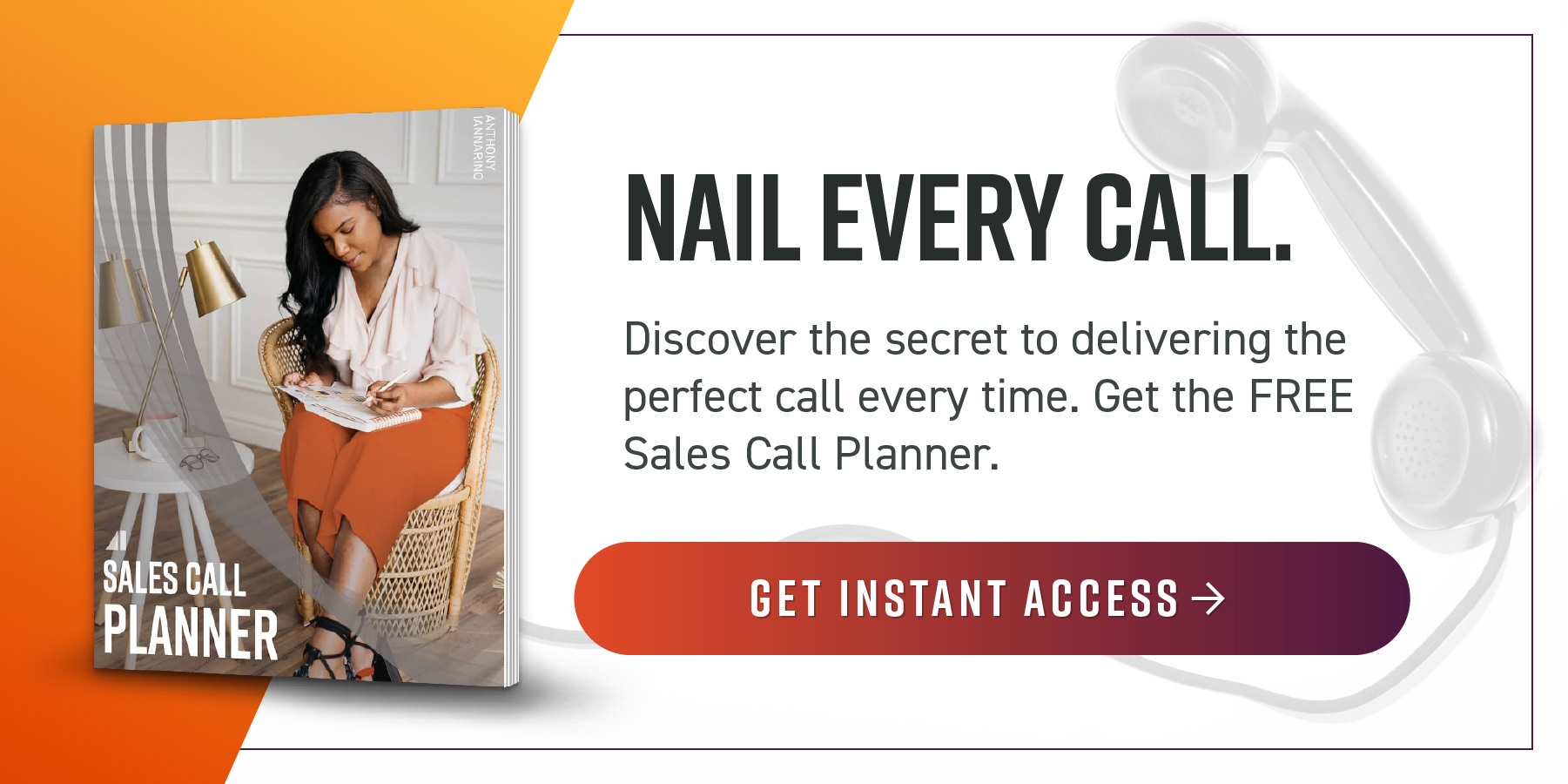The B2B leads that show up in your CRM courtesy of your B2B marketing function and their marketing strategy are not ready to buy. They match the ideal customer profile (ICP) and meet the criteria of your company's lead scoring, but that doesn’t mean they are true opportunities.
Nurturing B2B leads is essential for sales professionals because it helps them create opportunities in their sales funnel and move potential customers through the sales cycle. By providing prospects with value-creating information, sales professionals can demonstrate their expertise and authority, and build relationships with their leads. This also helps sales professionals differentiate themselves from their competitors and establish trust with their leads, which can ultimately lead to more sales.
As a sales professional, you can't push or prod a decision-maker to act before they are ready without harming your relationship. To pursue these not-quite-ripe leads, your B2B sales process needs a modern, professional approach to nurturing them. Depending on what you sell and your clients’ buying cycles, nurturing leads can take time, and B2B salespeople need to help compel change.
The definition of nurture includes behaviors like protecting, supporting, encouraging, and nourishing. Most of what passes for nurturing isn’t efficient or effective. The messages are often self-oriented, pitching the company and its products, and providing an experience that is the opposite of nurturing.
To turn a B2B lead into a paying client, you are going to need a B2B sales strategy that helps your buyers move forward and, eventually, engage with you instead of one of your competitors. Follow this plan to nurture B2B leads and create opportunities in your sales funnel.
Nurturing B2B Leads: A Value-Creating Approach
Start with information disparity, the idea that you have knowledge unknown to your lead. Instead of sending your leads information about your company, your clients, and your products or services, send them information that will educate them about why they are experiencing poor outcomes.
When you leverage your knowledge and your experience to provide your buyers with a deeper understanding of their situation, you might also send them information that helps build your credibility. To do this, you can share key facts or data and explain why they are relevant to your B2B lead.
Your approach to nurturing B2B leads needs to be based on sales principles that obligate you to create value for your clients. Nurturing a prospective client should feel like making a deposit in the relationship. The information you share should be perceived by your client as valuable in helping them make a decision that will improve their sales results. Not only will this approach help you nurture your leads, but it will also differentiate you from any competitor who is pursuing them at the same time. Remember, what you provide your contacts needs to prepare them to act, and part of that act should be an engagement with you.
Nurturing B2B Leads: Consistency and Cadence
When dealing with a marketing-qualified lead, you need to have a bias for action that begins with calling your contact, introducing yourself, and engaging in a short discovery call to assess the client's readiness. You also need to know their customer pain points and why they filled out a form asking for more information. When you recognize your B2B buyer isn't ready, you offer to provide them with more information.
In order for your nurturing strategy to succeed, it needs to follow a cadence that keeps you front of mind and proves you are an expert and an authority. This is a sales outcome that is impossible if you send your leads information about your company, which is something they could find on your website. Your goal should be to provide information that is valuable to prospective clients on a strategic level.
The timing of your messages is as important as their content. I once faced a young entrepreneur who instructed his sales team to call me every week, trying a brute-force approach to creating a sales opportunity. Your cadence cannot be so aggressive that you force your contacts to run into the arms of your competitor.
There is no right or wrong answer to the question of cadence. Your guiding principle should be to communicate any time you encounter something that you believe will provide your lead with a value-based conversation. Most industries have something useful to say every couple of weeks.
Nurturing B2B Leads: The Mediums and Tools
The first challenge we have for nurturing is that many sales organizations have used marketing or sales automation to nurture their contacts through email. The average number of emails a knowledge worker receives each day is 140, many from marketing automation. They send 40 emails. This means your email may not be seen.
You will need to use email, but to do so effectively, you want to tell your contact to look for the insights you are sending, promising them they will help their buyer's journey. Your future emails will be opened only if you make them valuable to your leads.
You might start with email, as it is the easiest way to send content, but use physical mail to send your contact something more significant. You can also create something like an executive briefing, which you can turn into a PDF and send to your leads. If your company does webinars, send a personalized invitation with the three things the client will learn by attending. The medium is the message, so you should not always use email.
Here are 14 tools a sales rep can use to nurture B2B leads: phone, voicemail, email, an idea or a theory valuable to their results, something you have learned, your views based on your business acumen, a printed blog post sent through the mail, a handwritten card, another company's blog post, a diagnostic tool, an article from a trade journal, a relevant news article, a case study, or a white paper. You could offer to brief their team with no obligation for a second meeting. Be creative while also making any communication valuable to your contacts. Nurturing is essential to turning a B2B lead into a customer, and this requires value-creation strategies.
To nurture B2B leads and create opportunities in your sales funnel, sales professionals need to take a modern, professional approach. Start by providing value-creating information unknown to your lead and leverage your knowledge and experience to help them understand why they are experiencing negative outcomes. Follow a cadence that keeps you front of mind and proves your expertise and authority. Utilize multiple mediums of communication, like email, voice mail, physical mail, webinars, and even hand-written cards, to ensure your message is seen and heard. With this strategy, you can turn B2B leads into paying customers or clients and grow your business.













